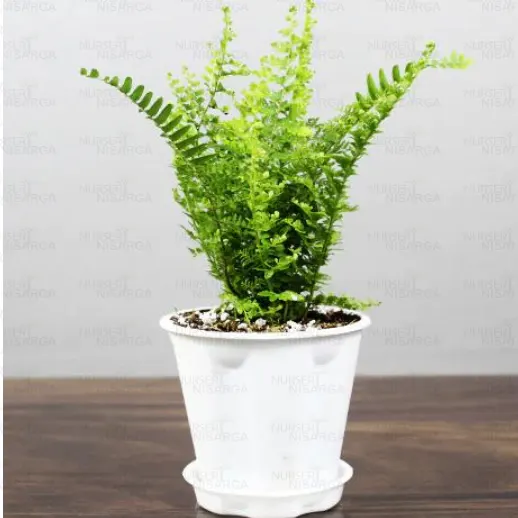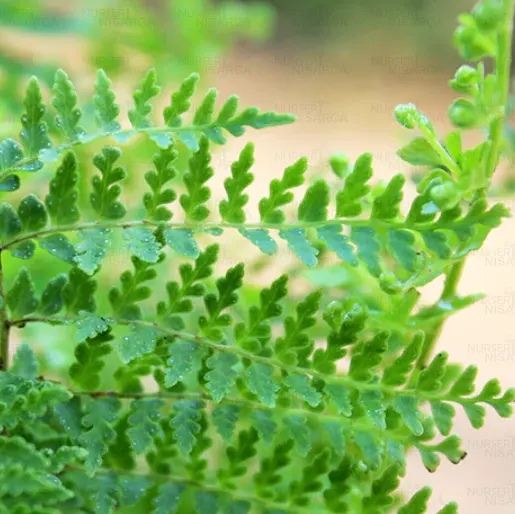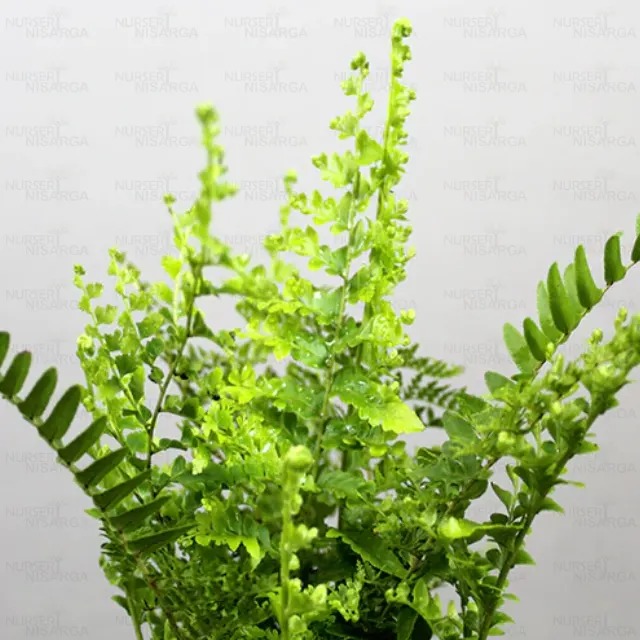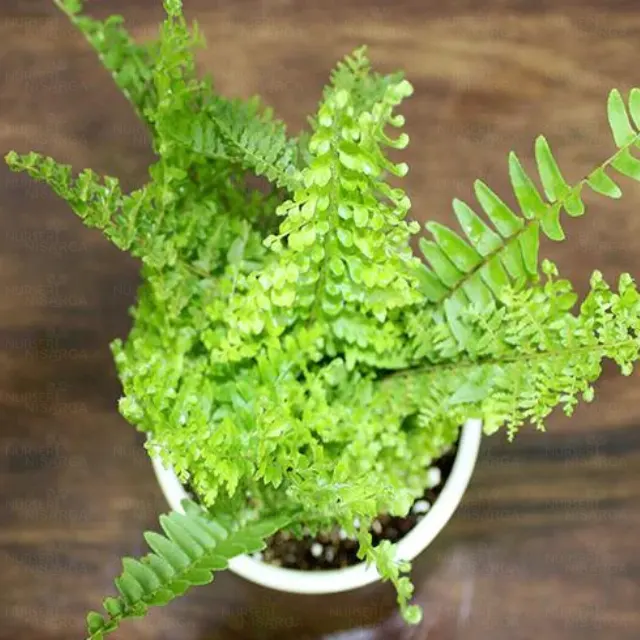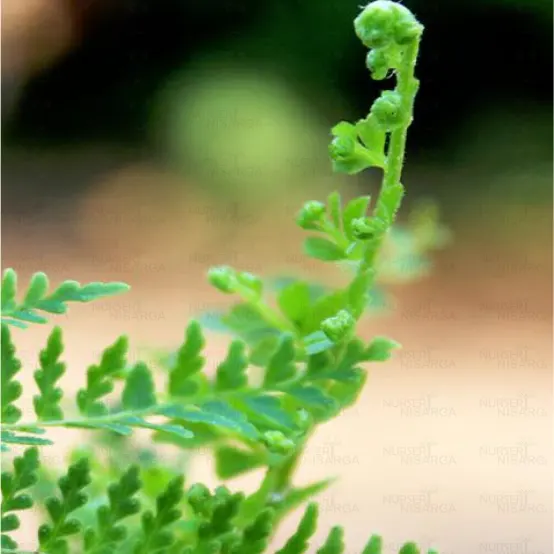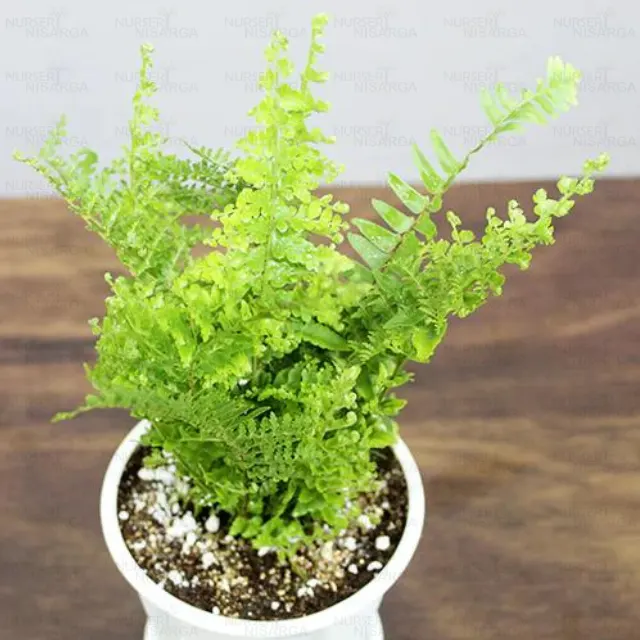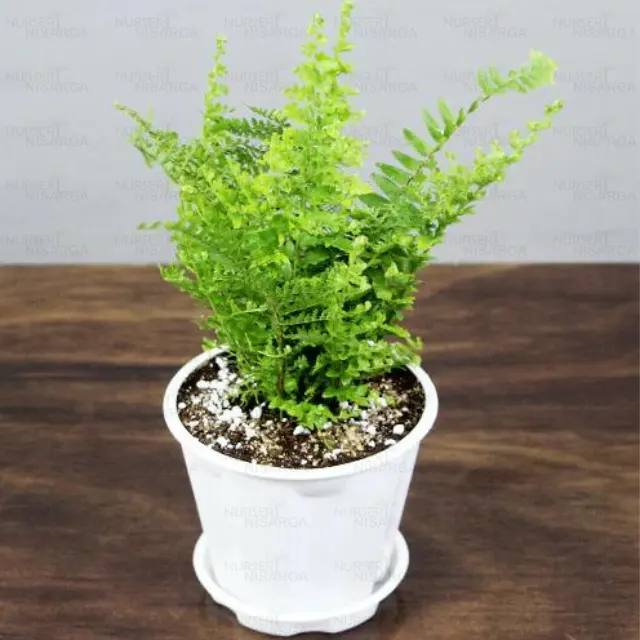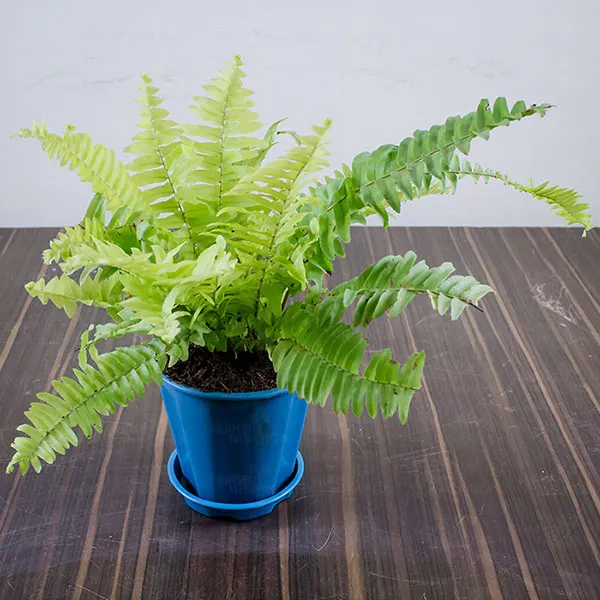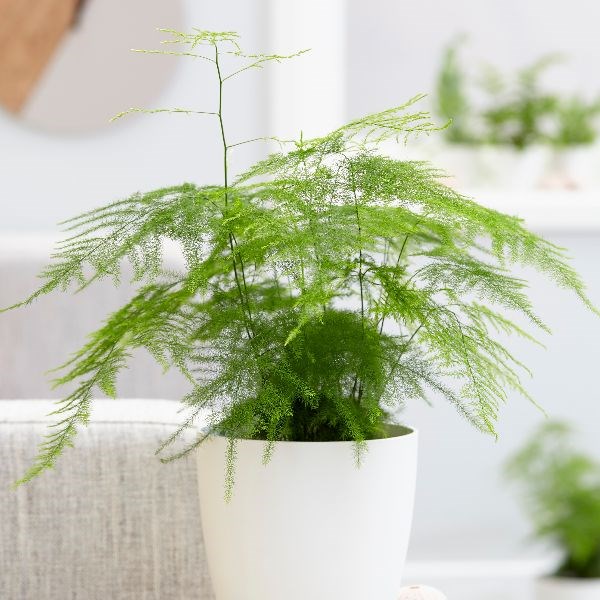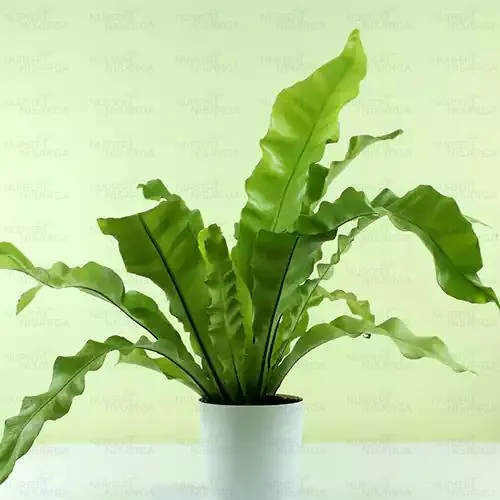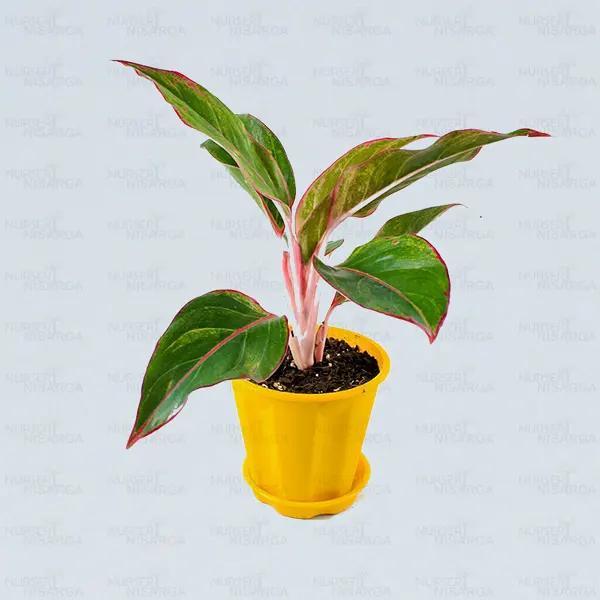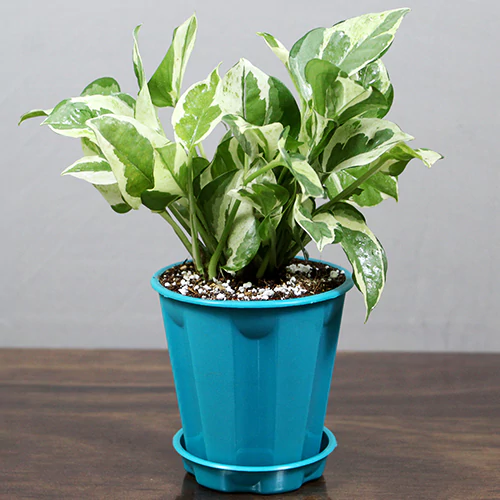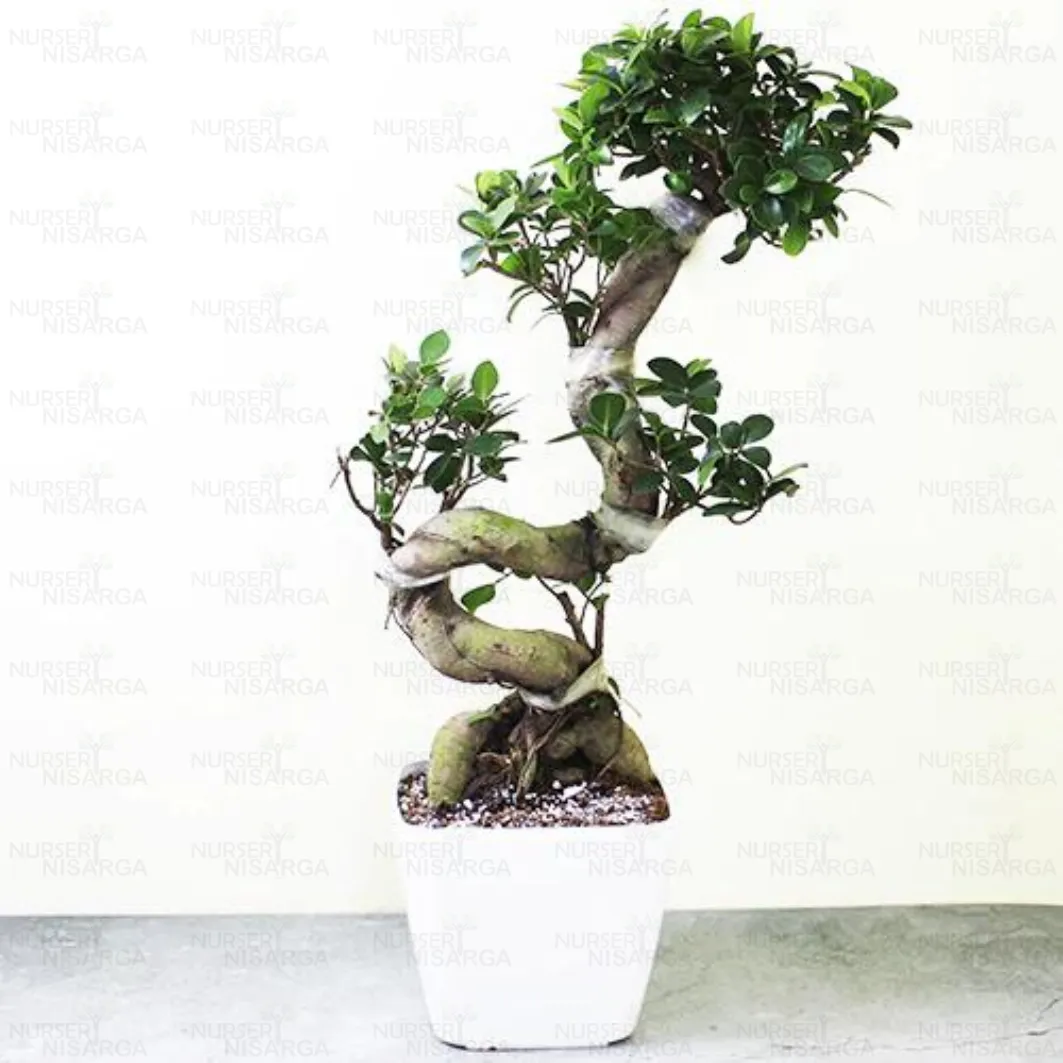Description
Leatherleaf Fern (Rumohra Adiantiformis)
Leather leaf Fern (Rumohra Adiantiformis) is a hardy excellent easy & low-maintenance fern for relatively small spaces also Fern is a good air purifier houseplant that does exceedingly well in an indoor low-light environment. Ferns are outstanding shade plants, have existed from the prehistoric period due to their ability to adapt and self-reproduce, they will continue to thrive in the most extreme conditions. Ferns are fast-growing foliage plants that are least bothered about feeding, light, and low or high temperature.
Growing tips
- These plants grow best positioned in a cool, draught-free brightly lit position indoors.
- This fern will grow outdoors only in temperate to warm climates; choose a sheltered spot receiving indirect sunlight.
Light and Temperature
Leatherleaf ferns will not tolerate temperatures below 25 degrees Fahrenheit, so do not plant them outdoors if there is any danger of temperatures falling below that mark in your area. Indoors, the plants will do quite well at room temperature, though they prefer a cooler indoor climate. Outdoors, leatherleaf ferns grow best in partial to full shade but inside will take bright, indirect light. Never grow these ferns in direct sunlight.
Soil and Water
Although leatherleaf ferns have moderate drought tolerance, you should not allow them to dry out. During periods of drought, water the ferns to maintain a continuous low level of moisture. During the cooler parts of the year, periodic rains should be enough. Never water leatherleaf ferns with water that is salty or contains a high mineral concentration, as they will not tolerate it. Leatherleaf ferns will grow in clay, sand, or loam soil, and prefer acidic media.
Garden Uses
Leatherleaf ferns make good understory plants or ground covers planted beneath taller shrubs or trees. Because they’re so wide, you should plant the ferns with their centres 18 to 24 inches apart for a thick, leafy ground cover. You can also use leatherleaf ferns to form a border in larger garden areas. In cooler climates, grow them in pots indoors or in a greenhouse. Because the fronds work so well in bouquets and flower arrangements, they also make a welcome addition to a cutting garden.

